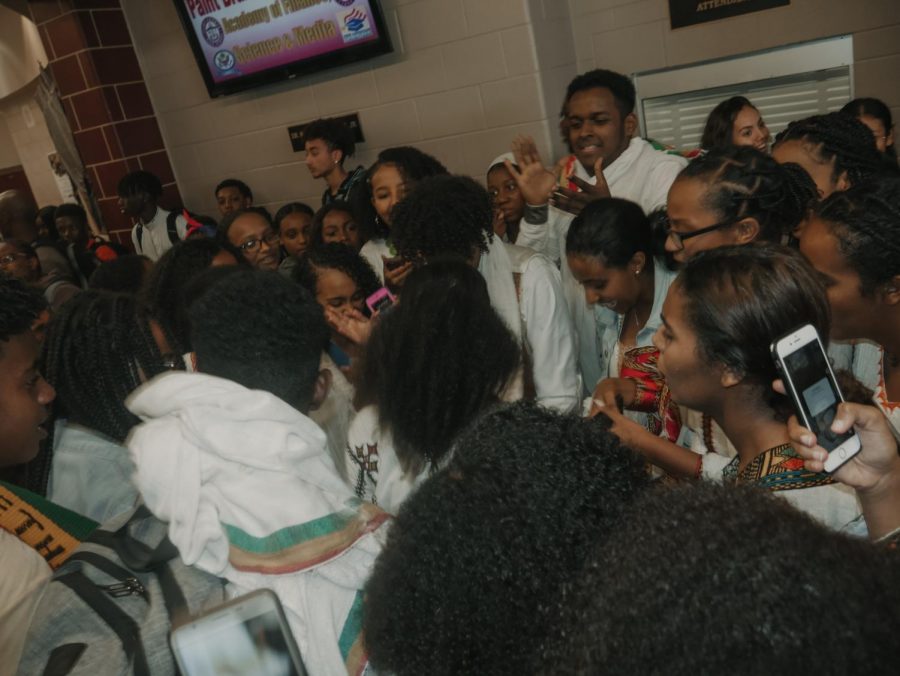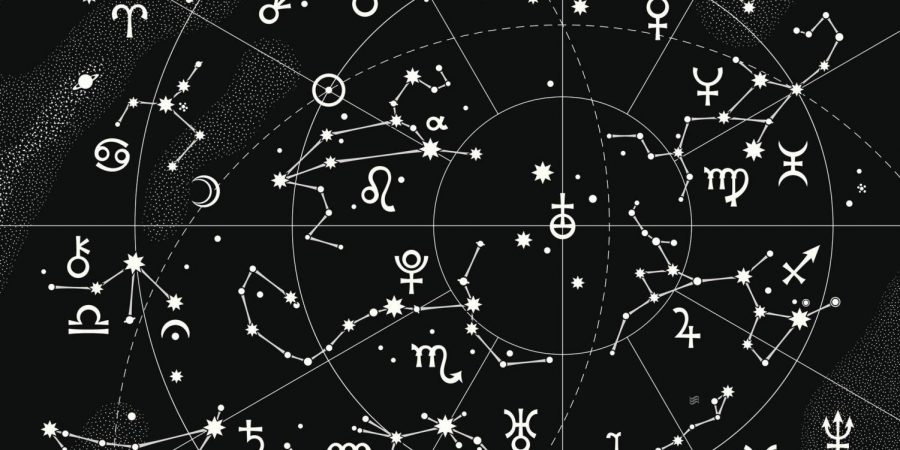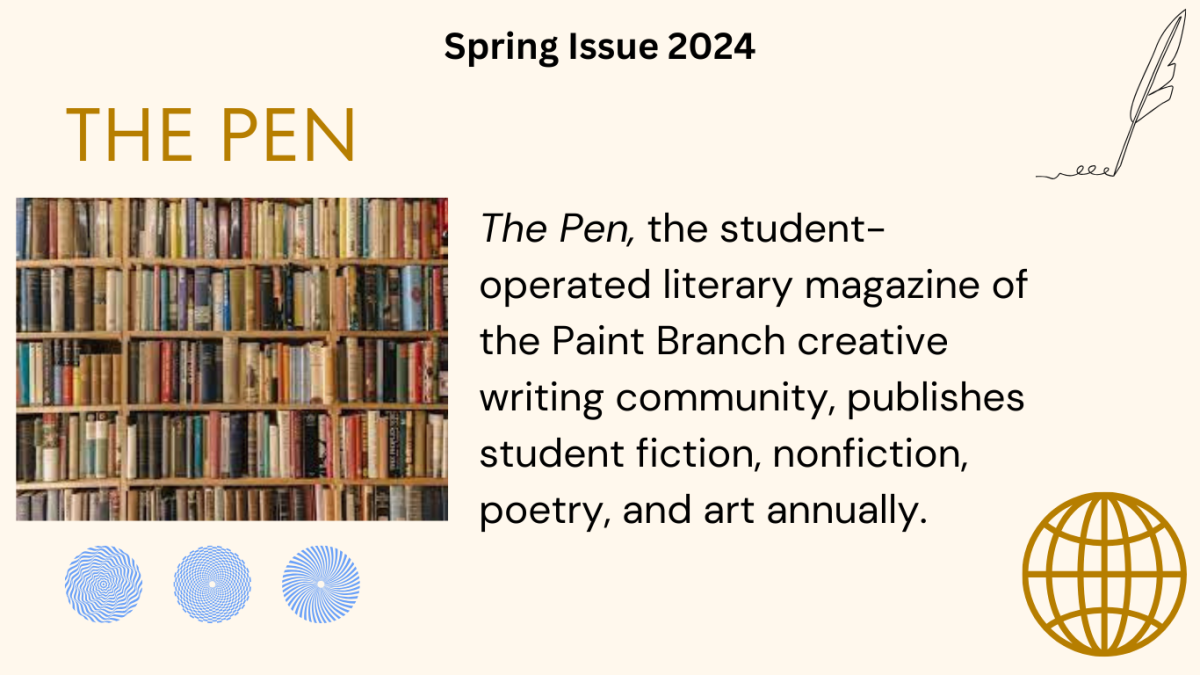Young Malala: A Model for Us All
November 20, 2014
Many of you are around 17 years old. In that time, you may have had many achievements and moments to be proud of and that have made you feel good about yourself. However, no matter what your success has been, I guarantee it pales in comparison to the work of Malala Yousufzai.
Yousufzai, 17, recently received the Nobel Peace Prize for her campaign to promote education for young women. In being selected, Malala became the youngest Nobel Laureate in the history of the award and also the first Pakistani to win a Nobel Peace Prize.
The Nobel Committee awarded this prize to her and Indian child welfare activist Kailash Satyarthi on October 10th. The two will share the award and its 8 million kronor ($1.11 million U.S. dollars) for their efforts.
The Nobel Prize is a prestigious award that is given annually by a committee of Norwegian Parliament officials who carry on the work of founder Alfred Nobel. Nobel was a Swedish chemist, engineer, and innovator who, in his final will, left instructions for his remaining estate to be given to those who, according to the official Nobel Prize website, “during the preceding year, shall have conferred the greatest benefit on mankind.”
Taking his words to heart, the Nobel Committee, starting in 1901, began awarding Nobel Prizes to those who have made significant contributions in the fields of math, physics, chemistry, medicine, literature, peace and economic sciences.
The work that earned Malala the award started when she was 13 and living in the Swat Valley in Pakistan. The area was under constant threat and pressure from the Taliban, who believe in the oppression of women and a patriarchal way of life that keeps women inferior to men. A key Taliban belief is that women should not be educated. Malala wanted women to be educated so she began to speak publicly about the importance of educating young women. According to the biography site bio.com, Malala began to speak out after the Taliban began attacking girls’ schools in the Swat Valley. In an early speech titled “How dare the Taliban take away my basic right to education?” Malala expressed her views and made herself a target for the Taliban.
Additionally, she began using media outlets to speak out about the importance of education for women. The most notable of these outlets was a BBC blog where she spoke out under the codename Gul Makai. Eventually, her identity was revealed and, soon after, the Taliban targeted her.
On October 9, 2012, a gunman boarded Malala’s school bus while she was on her way back from school. The man demanded to know where Malala was and, once he found her, he shot her, hitting her in the left side of the head. Two other girls were injured in the attack, and Malala was left in critical condition.
She received emergency surgery at a military hospital in Peshawar, Pakistan for the bullet that hit the left side of her face and traveled down her neck. When word of the attack got out, a massive outpouring of support came from all parts of the world. Once recovered, about year later, she wrote a book entitled I Am Malala: The Girl Who Stood Up for Education and Was Shot by the Taliban. That same year, she gave a speech at the United Nations.
She bravely continued to speak out for the education of women, even after being shot by the Taliban and continuing to be a target for the group. This unimaginable bravery won her the Nobel Peace Prize. Her remarkable achievements have earned her tremendous respect, and one can expect much more from such an amazing young woman.













































